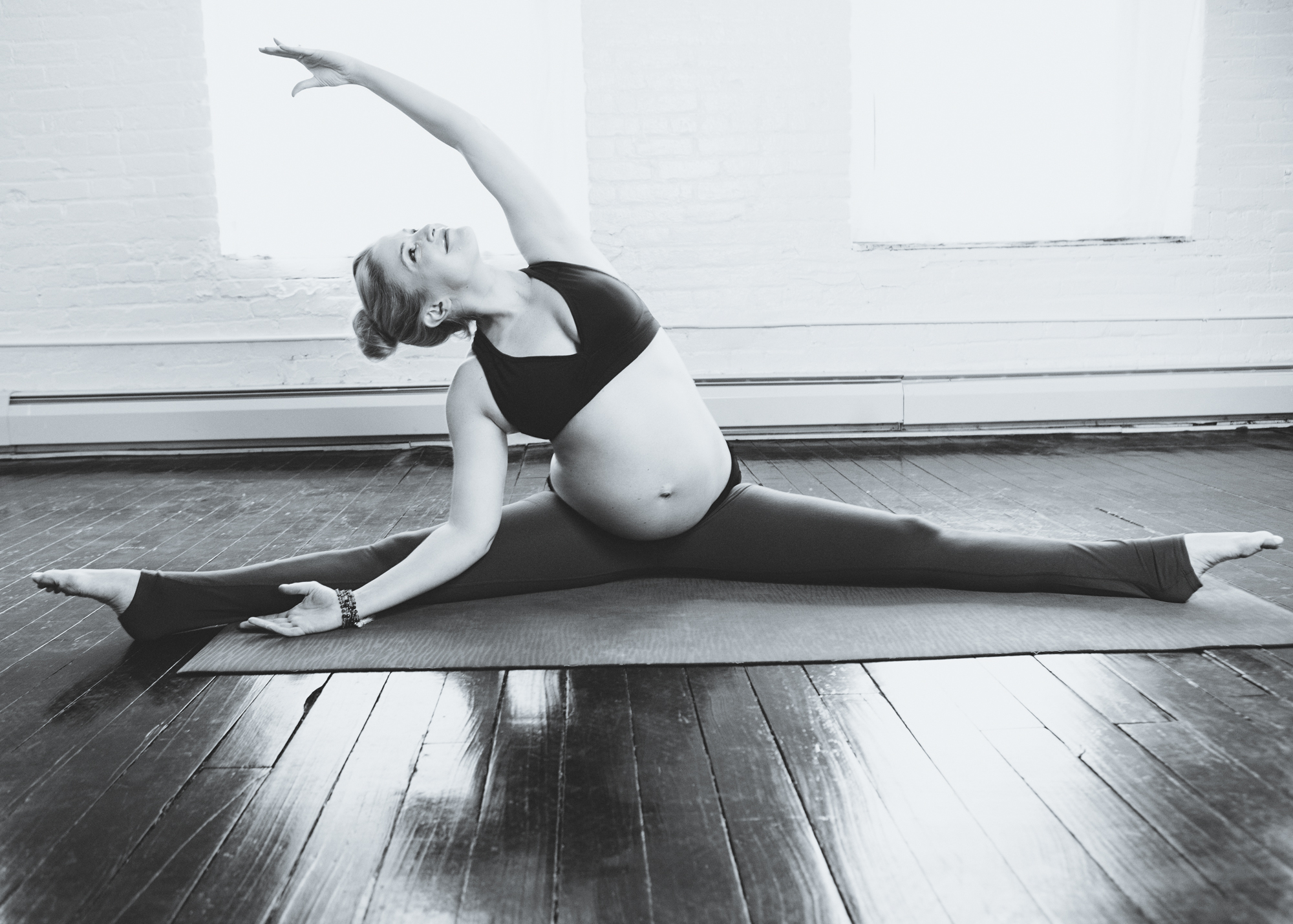There is enough proof for this: we sit in front of our desk, in front of the television, at the dining table… even while you are reading these strains you might be sitting. Our motion potential lies on the bottom and takes a nap. No marvel that many yoga newcomers can not unfold their toes or elevate their arms firstly of their yoga profession. The feeling for many components of the physique has been lost but can be rediscovered with yoga.
Our physique is like a 3-dimensional map, which is to be found regularly. The Benefits Of Occurring Mindful Walks is the compass and reveals the course. Top 10 Yoga Poses For Beginners (Nonviolence): Everybody wants one thing totally different. Always be mindful and settle for your limits. The asana practice can in fact even be demanding at times, but extreme pressure, e.g. within the joints, is counterproductive. Sthira-sukham asanam: Each asana ought to have two qualities: sthira (stability) and sukha (lightness).
This is how you discover the steadiness between tension and relaxation. The experience of lightness arises when the posture is taken appropriately. Especially with highly effective postures, many yogis plague themselves with stabilizing their body components. With simple alignment principles, these positions are quite easy. It is about bundling the power and pulling it into the middle - into the center of the physique. In the second step, you send some extra distance into the position.
This offers the asana extra lightness. Direction: We people differ from 4-legged buddies in that we walk via life in an upright place. Our basin is the center of all of it. Our chest is centered above the pelvis and connects head (thoughts), heart (feeling) and abdomen (intuition). Whatever asana we’re in, we’ll straighten up first. Thus the individual physique sections stand accurately to each other.
To start out most Yoga workout routines, stand with each legs firmly on the ground. The alignment begins on the feet with every asana. If these will not be correctly aligned, “errors” will even creep in on the upper floors. This is comparable to a constructing whose foundation just isn't built correctly. As well as, the feet are decisive for the stability (see above Sthira-sukham asanam).
Who has understood the precept of Tadasana legs, can apply this in all additional Asanas. The toes are hip joint extensive when standing upright (Attention: not hip joint extensive, approx. I Used To Be So Sure Of It is a hinge joint. Yoga: A Beginner's Guide To The Different Styles 'll be able to bend and stretch it, in addition to rotate it barely when angled.
Ensure that the kneecaps always point straight forwards. As well as, in postures corresponding to Virabhadrasana, the suitable angle between the ankle and knee joint is necessary. Another common mistake in this posture is that the knee tilts inwards. This leads to an unfavorable load on the menisci which needs to be averted. The leg axis is the interplay of foot, decrease leg, thigh, and hip joint.
This unit plays a very important role in standing positions, as the leg acts as a shock absorber and is used for power transmission. The outer edge of the X-leg needs to be subjected to larger stress, while O-legs does exactly the other and places more strain on the inside edge of the foot. Crucial prerequisite is specializing in the breath.
